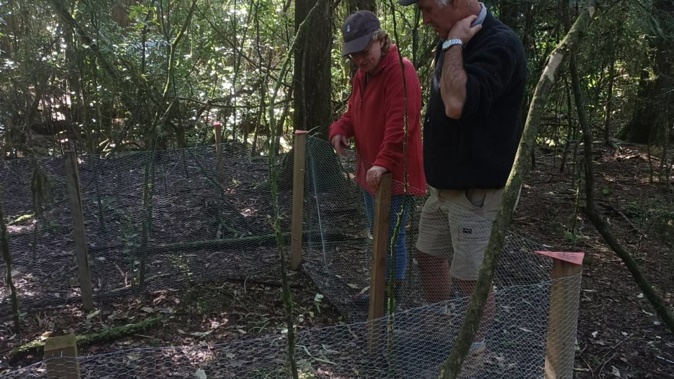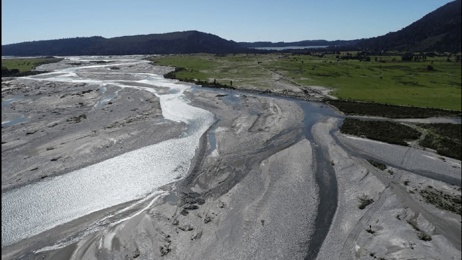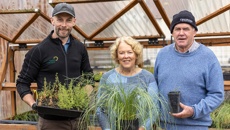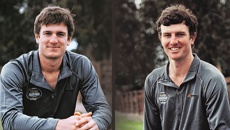
Rabbit numbers have been steadily increasing in many areas of Hawke's Bay over the past 10 years, but with help from Biodiversity Hawke's Bay their days at Central Hawke's Bay's Puahanui Bush could be numbered.
The Gwavas/Tikokino area has particularly high rabbit numbers and as they have increased they have started living more within the regenerating bush, not just on the edges.
Funding from Biodiversity Hawke's Bay enabled six rabbit exclosure plots to be built at Puahanui Bush in 2019 to measure the impact of rabbit browsing on this significant podocarp forest.
"Damage caused by rabbits and hares has long been acknowledged to be a major contributor to the decline of native vegetation in New Zealand," says Puahanui Bush project manager and ecologist Kay Griffiths.
However, there hasn't been a lot of data recorded specifically about the impacts on shrublands or forest.
"Rabbits will eat virtually any plants when hungry, but prefer seedlings and saplings, and like many browsers will eat the most palatable first," Kay says.
"Rabbit sign is seen everywhere through the bush – this includes droppings, scratchings, burrows – and of course seeing the rabbits themselves.
"We have also had trail cameras in operation at times on the exclosure sites – and sure enough rabbits are visiting the area every night."
The experiment with the rabbit exclosure plots, the first of its kind in Hawke's Bay, compared six 2.5m x 2.5m paired plots (open and closed areas) randomly throughout the 130ha forest.
Biodiversity Hawke's Bay general manager Debbie Monahan says this project is "a great example of how we can support local community initiatives to get off the ground. Kay is passionate about biodiversity and committed to the restoration of the Puahanui Bush and it's an honour to support the Gwavas - Puahanui Charitable Trust in the work they do to manage and restore the bush."
Kay says, "Data from the plots, re-measured after one year, confirmed our observations, that rabbits and hares are having a measurable impact on seedling recruitment and survival within Puahanui Bush."
Deer and pigs are also likely to be having an overall impact on seedling and sapling recruitment and survival, however rabbits are the most numerous of these browsers.
Kay says the data shows a trend of loss of species density and diversity in the open plots. Without control of rabbits, it is likely this general trend of loss of species diversity and loss of seedling recruitment and survival will affect the long-term regeneration processes that are usual in a fully functioning forest ecosystem.
"The results and this data have been instrumental in confirming the observations we have seen on the ground," Kay says.
"To ensure these ecosystem processes are re-established within Puahanui Bush, rabbits must be controlled to zero density within the bush."
Kay will be including the data collected in this experiment to support applications for additional funding for rabbit proofing and control in the Puahanui Bush.
"We have just applied to Lottery's Environment and Heritage Fund for a grant to control the rabbits and fence them out of the bush. This is done with rabbit-proof fencing. Control will be a mix of baiting and follow up with physical hunting. We should know the outcome of that funding bid in June."
Take your Radio, Podcasts and Music with you









